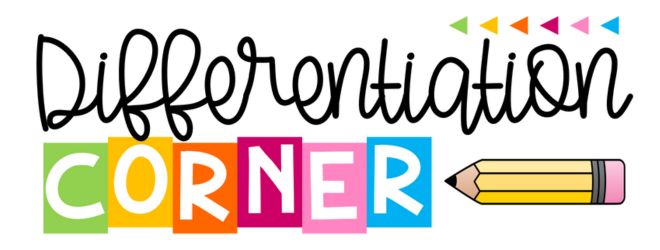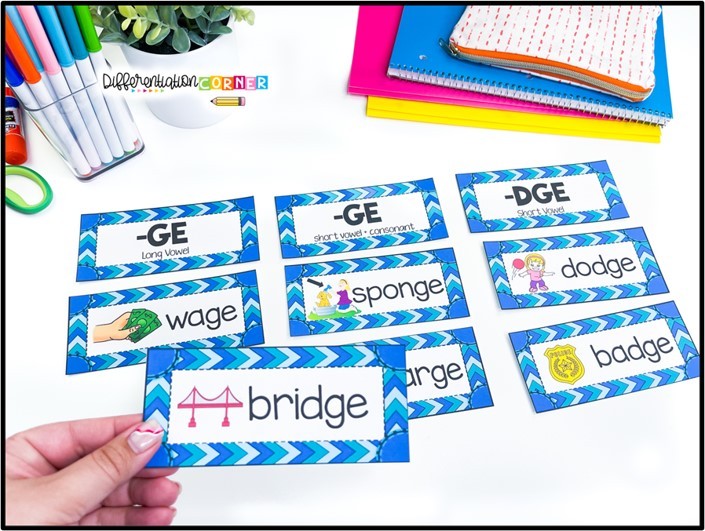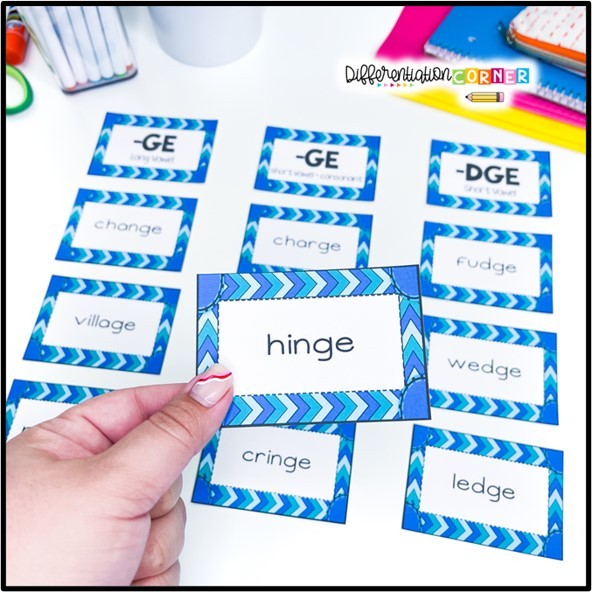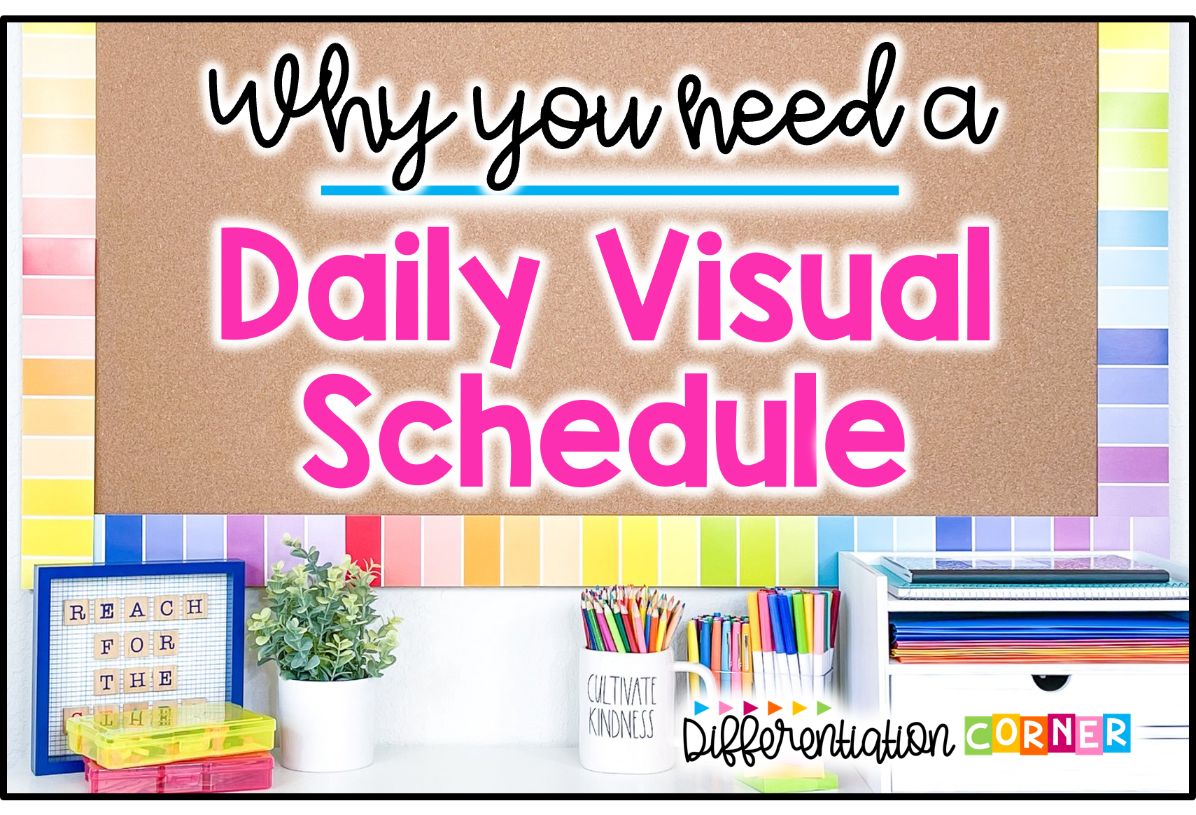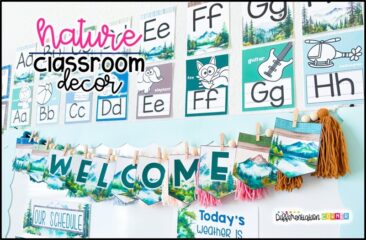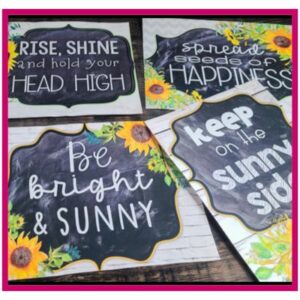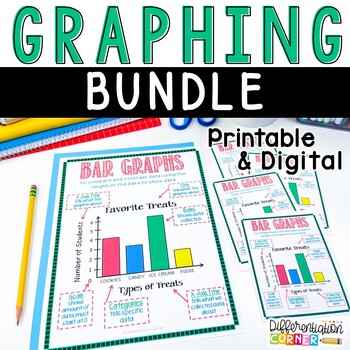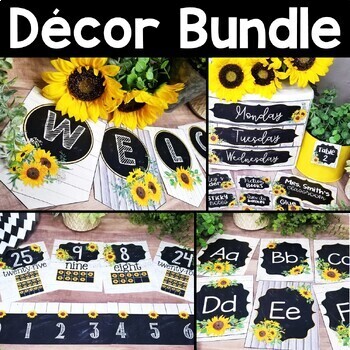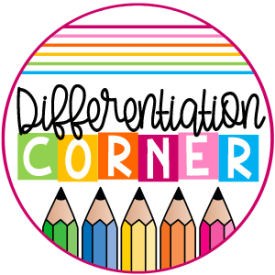If you’ve ever found yourself scratching your head over why words like judge and bridge seem to break all the spelling rules, this blog post might be for you! Time to break down this pesky spelling rule once and for all.
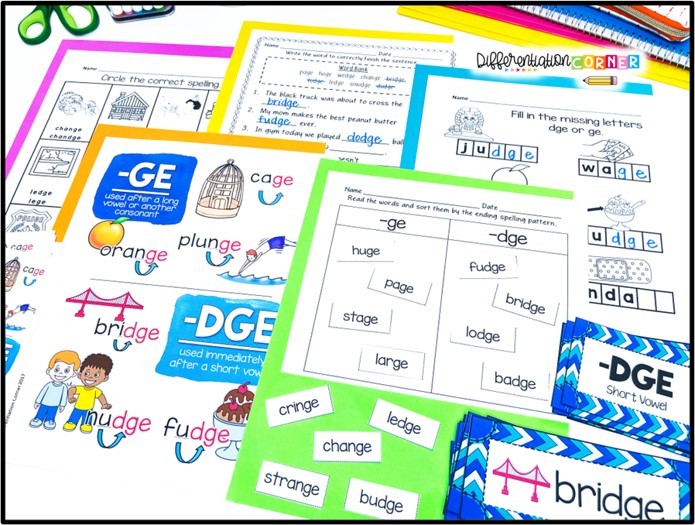
Let’s understand the rule itself. GE and DGE words have a “j” sound at the end of the word or syllable, like the words badge and page. You might be wondering why we need so many different ways to spell the same sound. One reason is that in the English language, words cannot be spelled with the letter j at the end.
This spelling rule is a little more complex than just the soft g and soft c spelling generalizations. I recommend teaching this phonics pattern first.
When to use a GE or a DGE
We use GE when the “j” sound comes after a single vowel with a long sound. Words like age, huge and stage follow this spelling generalization.
We use DGE when the “j” sound follows a consonant or a short vowel. Words like badge, bridge and orange follow this spelling generalization.
Ask your students these questions to help them decide which spelling to use. Does this word have a short or long vowel sound? If it has a short vowel, is there a consonant right before the “j” sound?
Effective Ways to Teach GE and DGE Words
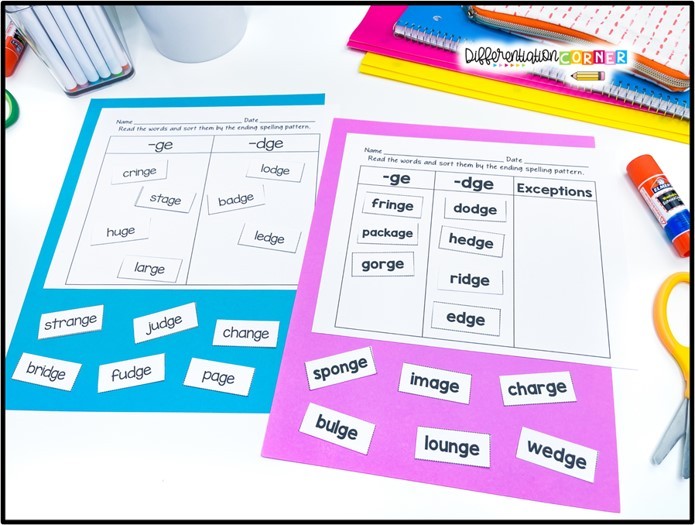
GE and DGE Word Sort: Break out the scissors and glue sticks for some hands on word sorting fun. Create categories for GE and DGE words. This visual activity helps students see this spelling pattern in action.
Repetition with Context: Practice makes perfect! Give students plenty of opportunities to read and spell GE and DGE words in context. Reading sentences with GE and DGE words, identifying the correct spelling for DGE words with pictures, activities and games are all good ways to get in that extra practice.
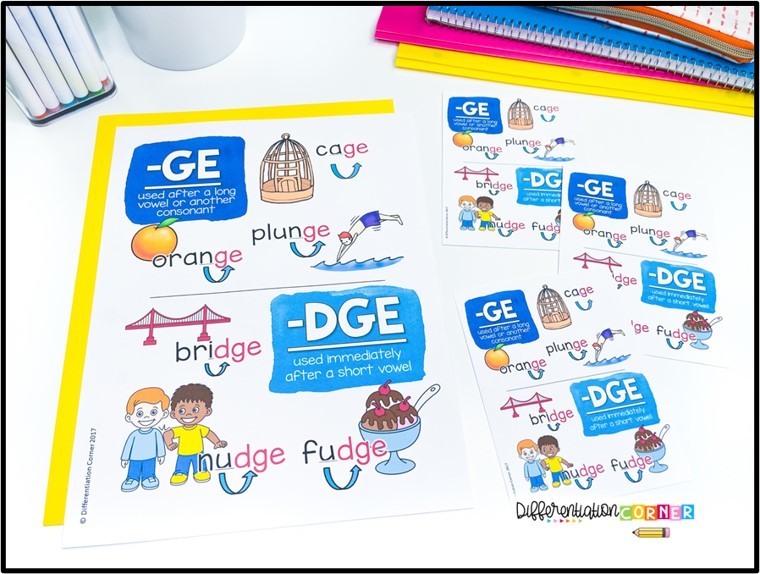
GE and DGE Words Anchor Chart: Anchor charts are my not so secret weapon for teaching. At first, all students are able to access the GE and DGE words anchor chart. After a few opportunities to practice these spelling generalizations with the anchor chart, students are then responsible for learning and remembering the rule as a gradual release of responsibility. We glue the anchor chart into our notebooks for a reference when we revisit this spelling rule and students might need a refresher on the information.
Interactive Games: As teachers, we know that students are more likely to retain information if we gamify our lessons. Memory is a fun and easy game. Quickly write some GE and DGE words on word cards. Use some GE and DGE words with pictures on cards for a quick pocket chart sorting activity in a literacy center.
Spiral and Revisit: I recommend revisiting all spelling rules and generalizations taught weekly or biweekly. I spend about 3 minutes a day going over previous phonics lessons to keep their skills sharp. To do this I will write a word on the board, have a student read it, and discuss the spelling generalization. I repeat this with up to 10 words.
Done For You Activities
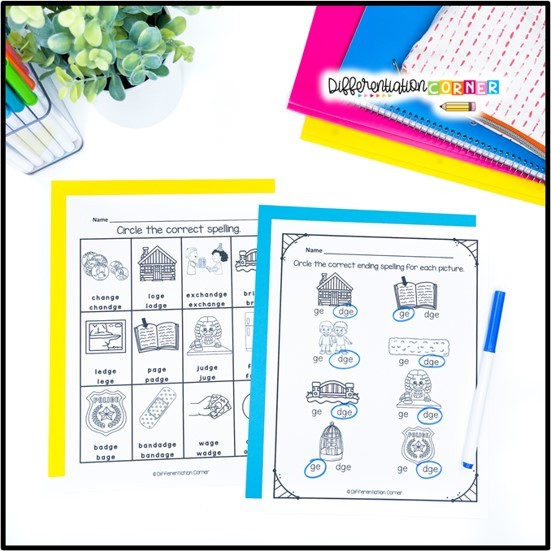
These ge dge words worksheets, anchor charts, slides, and classroom activities are ready to go! Reinforce these spelling rules in an efficient and accessible way. This anchor chart comes in print and digital format to help you introduce the topic and support your young learners. These ge dge words worksheets are designed with simplicity in mind, making them easy to use in small group interventions, print and staple into a packet for independent practice, or to send home as homework. Easily assign the slides in Google Classroom for emergency sub plans, or project on your whiteboard for a whole group activity!
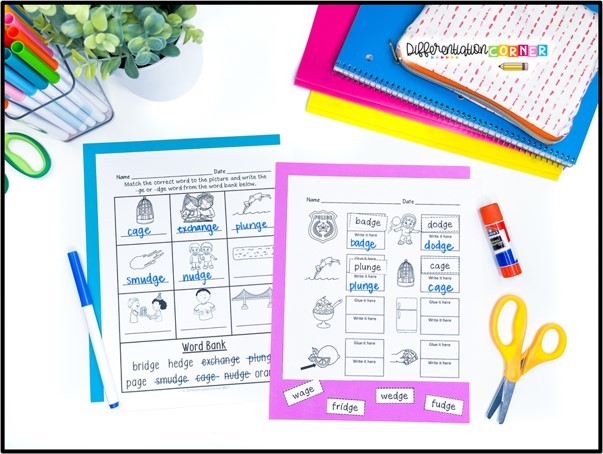
Remember that the key to teaching spelling rules like GE and DGE words is all about making it relevant, interactive and fun. With these tips and tricks, your students will be able to read and spell these tricky words in no time!
Read about words with silent letters here.
Read about NG and NK Glued Sounds here.
